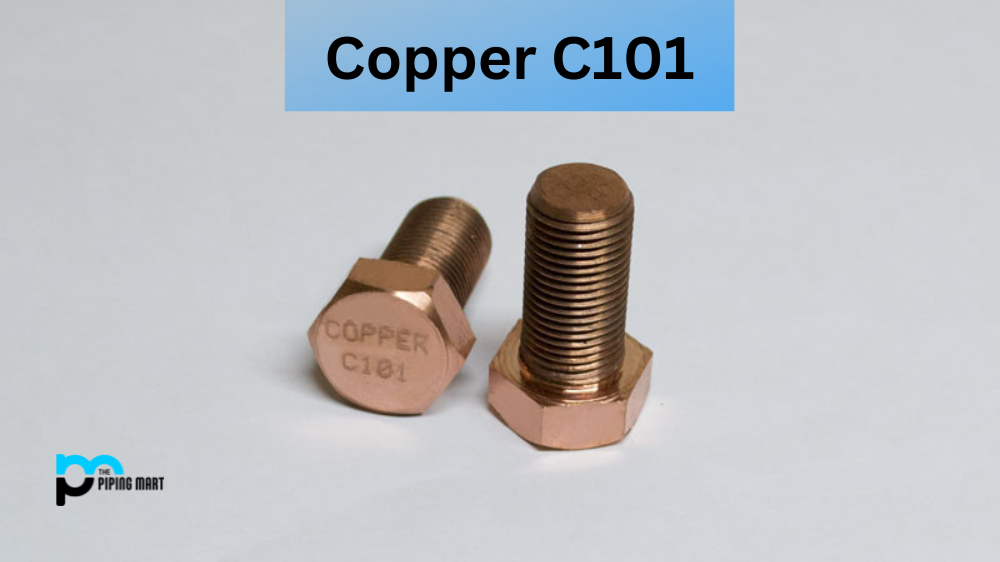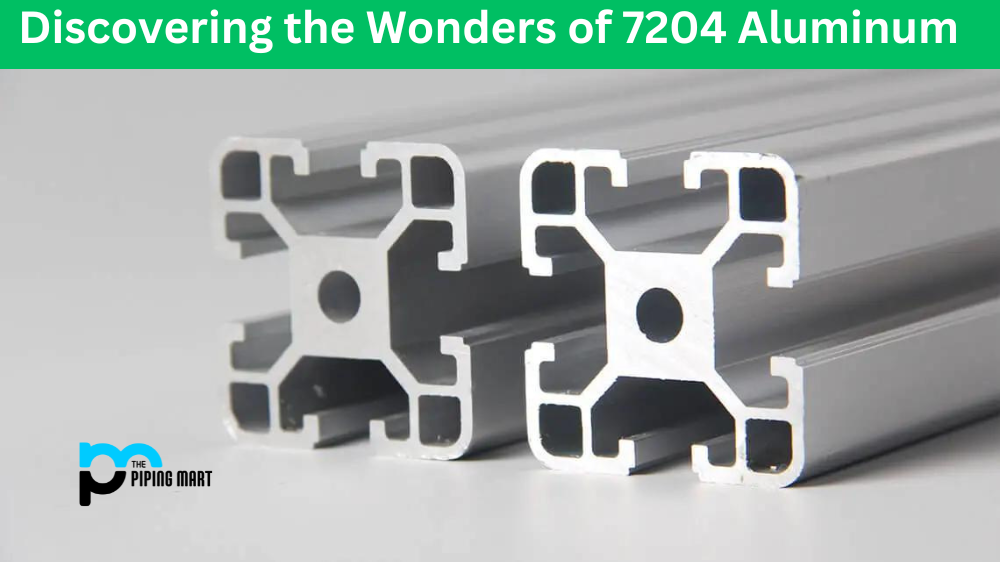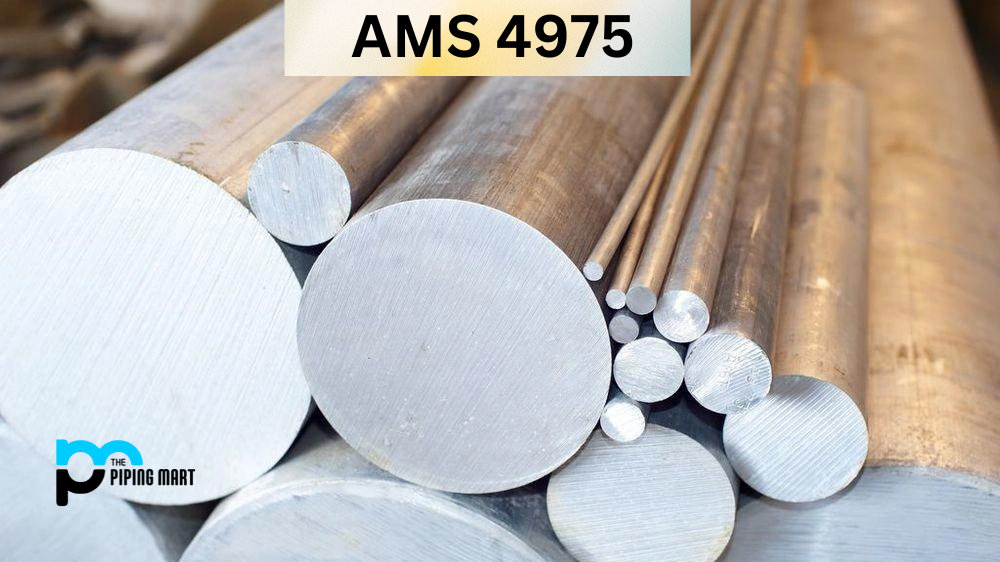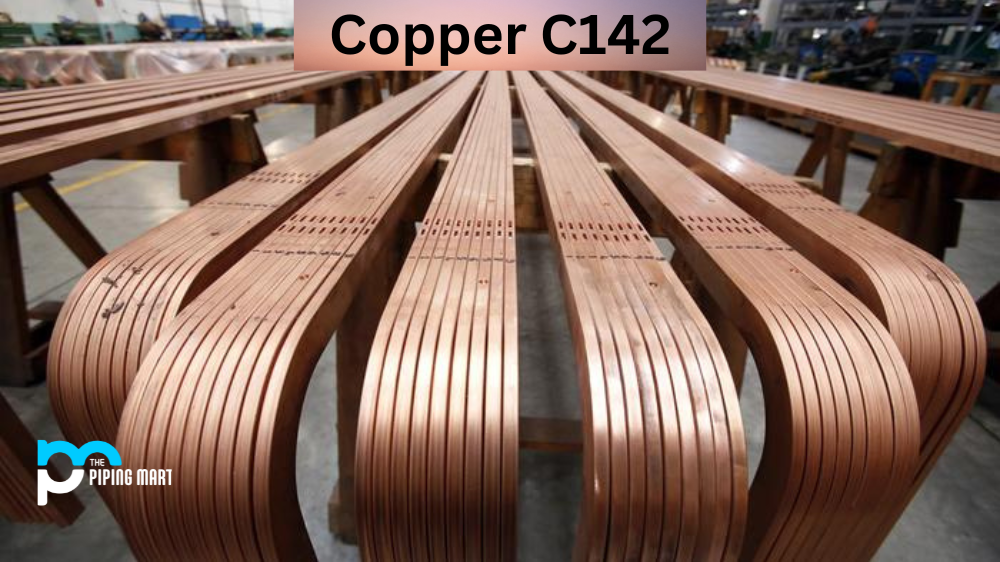What is Copper C101?
Copper C101 is an alloy of copper, tin, and zinc. It is also known as “malleable” or “free-cutting” copper due to its high mechanical properties, allowing easy machining. In this blog post, we will discuss the physical, chemical, mechanical, and corrosion resistance properties of Cu UNS C11000 and its heat treatment and applications.
What Forms is Monel 400 Available at Piping Mart?
- Nut
- Bar
- Bolt
- Pipe
- Screw
- Tubing
- Valves
- Washers
- Flanges
- Fasteners
Copper C101 Chemical Composition
Cu C101 is highly resistant to corrosion in seawater environments and has good resistance to acetic and sulfuric acids. Zinc in the alloy gives it higher resistance to atmospheric oxidation than other copper alloys such as brass or bronze.
| % | C101 |
| Others (Total) | 0.0-0.10 |
| Copper (Cu) | Balance |
Cu C101 Physical Properties
C101 Copper has a density of 8.89 g/cm3 and a melting point of 1083°C (1981°F). Cu C101 is an extremely malleable metal that can be formed into various shapes without losing strength. It also has excellent thermal and electrical conductivity, making it ideal for many different applications.
| Property | Value |
| Density | 8.92 g/cm3 |
| Melting Point | 1083 °C |
| Modulus of Elasticity | 117 GPa |
| Electrical Resistivity | 0.171 x 10-6 Ω.m |
| Thermal Conductivity | 391.1 W/m.K |
| Thermal Expansion | 16.9 x 10-6/K |
Cu UNS C11000 Mechanical Properties
Copper C11000 has excellent mechanical properties such as high tensile strength, yield strength, flexibility, elongation at breakage, fatigue strength, shear modulus, and modulus of elasticity. These make it suitable for engineering components that withstand high loads or stress over time.
| Grade | C101 |
| Tensile Strength (MPa) | 200-360 |
| Proof Stress (MPa) | 50-340 |
| Elongation A50 mm | 50-5% |
| Hardness Vickers | 40-110 HV |
Copper C101 Equivalent
| CEN | BS | UNS | ISO |
| CW004A | C101 | C11000 | Cu-ETP |
Copper C101 Specifications
- ASTM B1, B2, B8, B48, B272, B298, F68
- AMS 4700
- Federal QQ-W-343
Copper UNS C11000 Uses
C11000 Copper is used extensively in engineering components due to its excellent physical and mechanical properties. It is commonly used in automotive parts such as engine components or transmission housings; electrical components such as circuit boards; plumbing systems; heat exchangers; valves; bearings; fasteners; screws; tanks; pipes; fittings, wires, and cables, etc., due to its excellent thermal conductivity and electrical conductivity properties.
Corrosion Resistance
Zinc in the alloy makes it highly corrosion-resistant in most environments, including saline water. It does not corrode easily, even when exposed to air or moist conditions for long periods. This makes it particularly suitable for outdoor use where exposure to weathering could lead to corrosion issues with other metals like aluminum or steel.
Heat Treatment
Heat treatment can improve the hardness and tensile strength of C11000 Copper by increasing its yield strength by up to 40%. This makes it suitable for applications with high loads or stress over time, such as engine components or fasteners used in construction projects.
Conclusion
In conclusion, Copper C101 has great physical, chemical, mechanical & corrosion resistance, making it ideal for many applications. Heat treatment can further improve the hardness & tensile strength, making it suitable for more demanding applications. With that said, Copper C11000 is one versatile material with many uses ranging from automotive parts, electrical components, plumbing systems & much more. When looking for a strong material with good wear & tear resistance, look no further than Copper 101!

Pipingmart is a B2B portal that specializes in metal, industrial and piping items. Additionally, we share the latest information and information about materials, products and various types of grades to assist businesses that are involved in this business.




